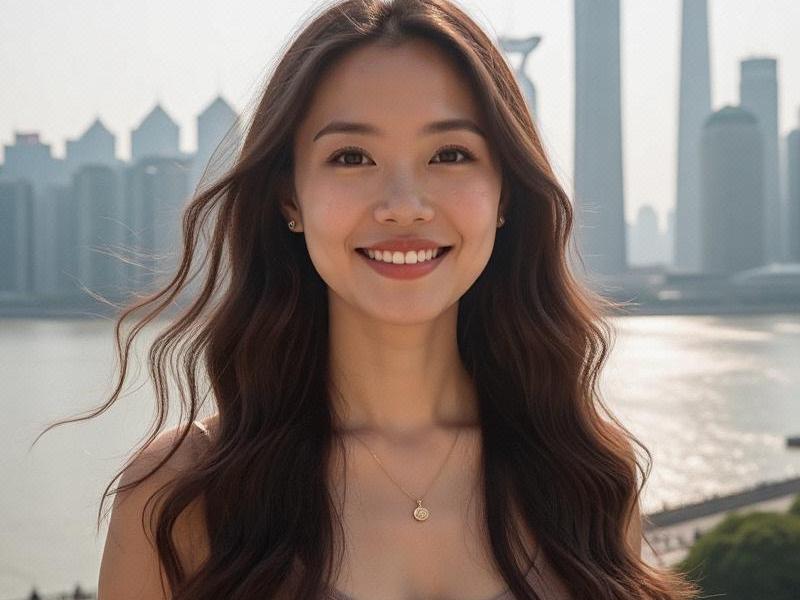The Shanghai Aesthetic: How China's Fashion Capital Redefines Modern Femininity
⏱ 2025-07-06 05:14 🔖 上海龙凤419
📢0℃

Section 1: Historical Foundations
1. Legacy of the Shanghai Lady (1920s-1940s)
- Qipao evolution as sartorial rebellion
- Calendar girl advertisements
- Nightclub singers as style icons
- Western cosmetics adoption
2. Socialist Uniformity (1950s-1970s)
- Blue jacket practicality
- Beauty as bourgeois concept
- Hidden grooming practices
- Hair perm underground economy
Section 2: The Modern Marketplace
上海龙凤论坛爱宝贝419
1. Beauty Infrastructure
- Nanjing Road cosmetic megastores
- Medical aesthetics clusters in Pudong
- 24/7 hair salons
- Luxury mall personal shoppers
2. Digital Influence
- Xiaohongshu (Little Red Book) trendsetters
- Livestream shopping queens
- Virtual try-on technologies
- AI beauty filter culture
Section 3: Cultural Contradictions
上海龙凤419贵族
1. Professional Femininity
- Corporate dress codes
- Power dressing adaptations
- Makeup-free movement
- High heel debates
2. Generational Shifts
- Post-90s minimalism
- Hanfu revivalists
- Gender-neutral fashion
- Tattoo acceptance
Section 4: Economic Impact
上海龙凤419油压论坛
1. Beauty GDP
- Cosmetic surgery tourism
- Domestic brand ascendancy
- KOL marketing ecosystems
- Luxury resale markets
2. Global Exchange
- Shanghai Fashion Week influence
- International brand localization
- Cross-border e-commerce
- Beauty tech innovation
Conclusion: The Shanghai Formula
Shanghai's distinctive approach to feminine aesthetics - simultaneously embracing global trends while redefining Chinese beauty on its own terms - offers a case study in how urban centers can shape national identity. The Shanghai woman has become both cultural archetype and economic force.
Shanghai Beauties: An Urban SafariKeywords: Shanghai, Urban Safari, Beauty, City Life, Cultural Heritage, Modern Architecture, Nightlife, Shopping, FoShanghai's Dual Identity: Preserving Heritage While Building the FutureThe Glittering Nightlife of Shanghai: Where East Meets West in Entertainment ExcellenceSilk & Silicon: The Dual Identity of Shanghai's Modern WomenThe Yangtze River Delta Megaregion: How Shanghai and Its Neighbors Are Redefining Urban Development in China《梧桐树下的城市密码:上海衡复风貌区百年叙事》霓虹灯影里的海派夜宴:上海娱乐会所的百年烟火与文化新生Neon Renaissance: How Shanghai's Elite Clubs Are Redefining NightlifeNeon Renaissance: How Shanghai's Elite Clubs Are Redefining Nightlife CultureThe Silicon Bund: How Shanghai Became China's Unexpected Tech Powerhouse

